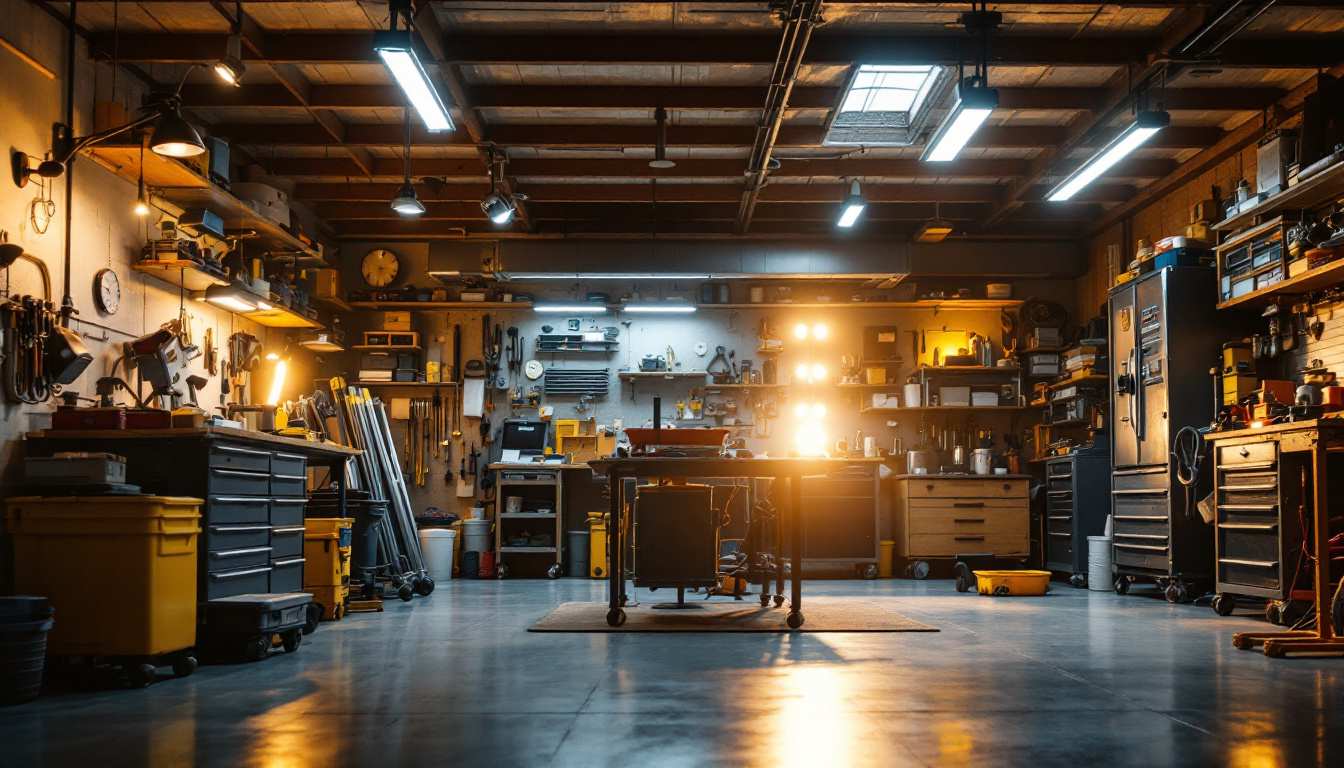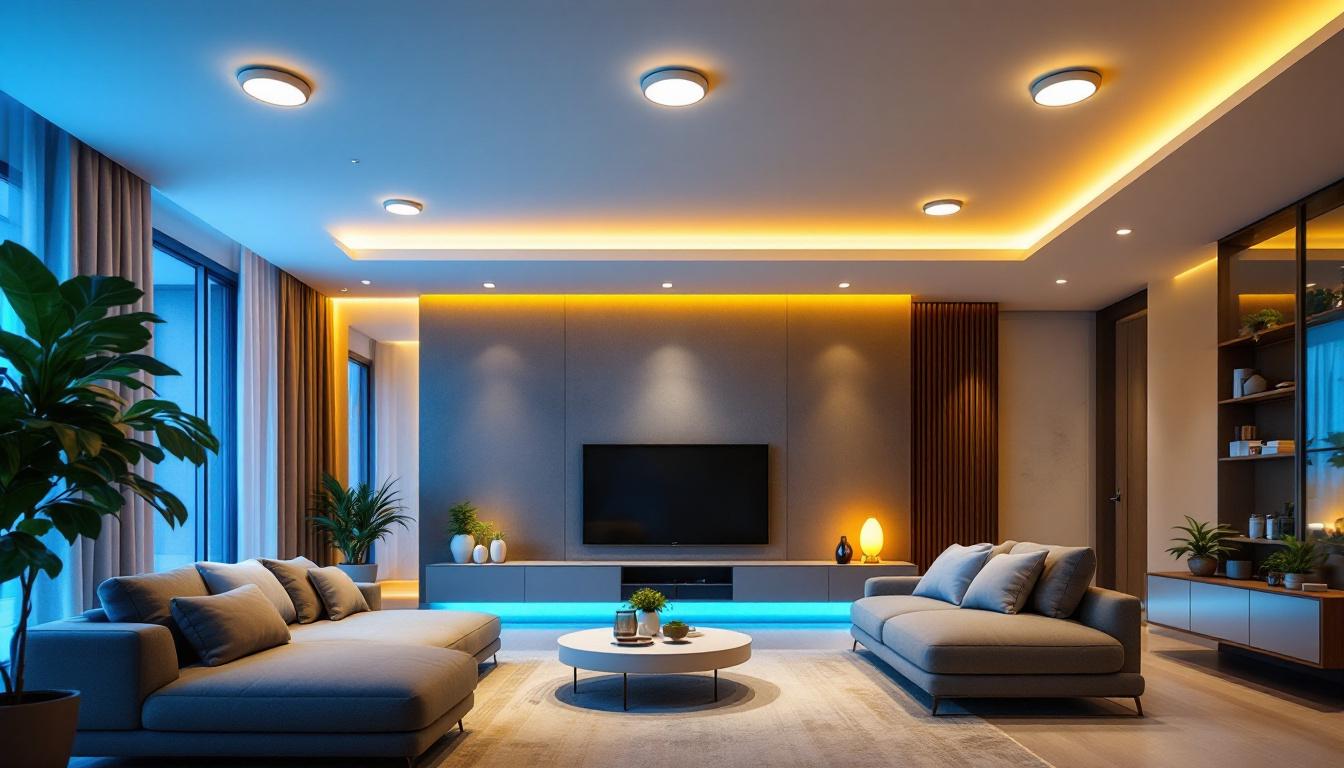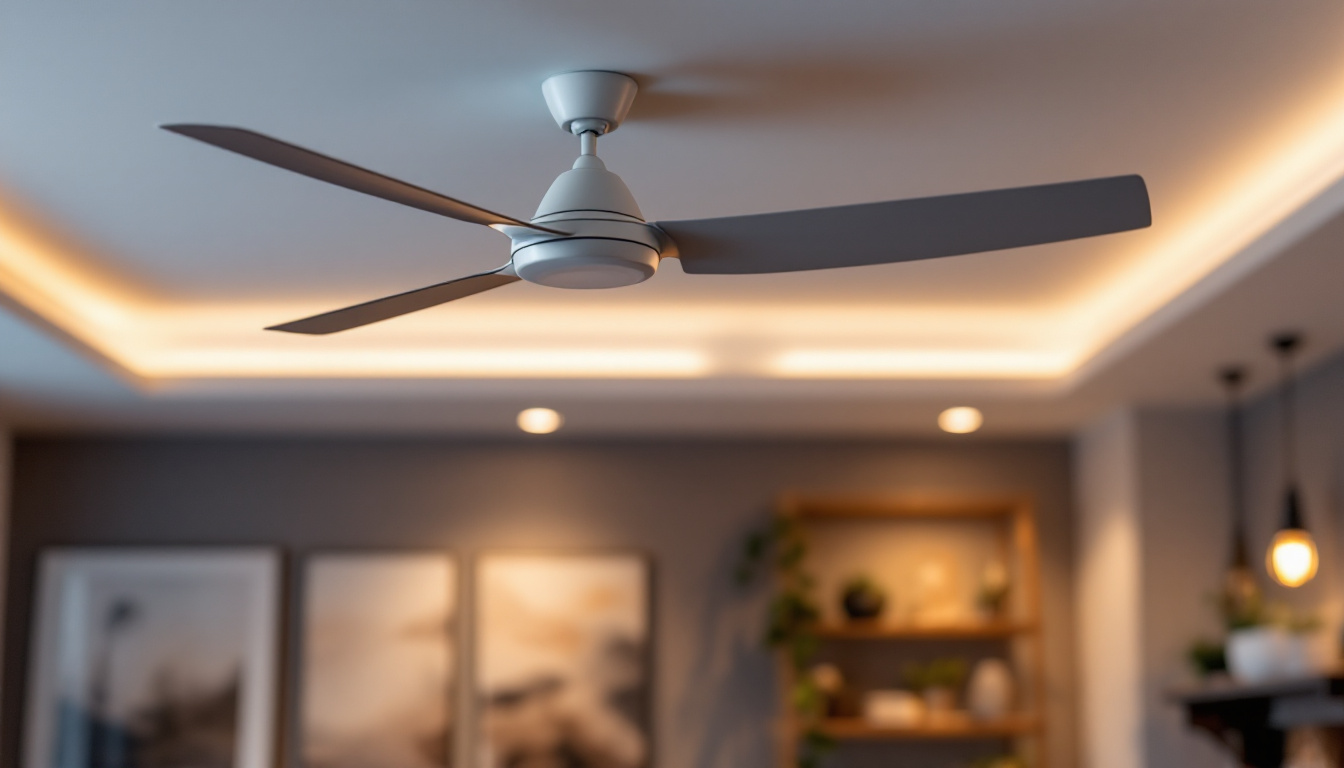
Fluorescent lighting remains a staple in commercial, industrial, and even residential settings due to its energy efficiency and long lifespan. For lighting contractors, a thorough understanding of the fundamental components and operation of fluorescent lights is essential before diving into wiring diagrams.
At its core, a fluorescent light fixture consists of a glass tube filled with low-pressure mercury vapor and coated internally with phosphor. When an electric current passes through the tube, it excites the mercury vapor, producing ultraviolet light. This ultraviolet light then interacts with the phosphor coating, emitting visible light.
Unlike incandescent bulbs, fluorescent lights require additional components to regulate current and initiate the lighting process. These components include the ballast, starter (in older models), and wiring connections. Each plays a critical role in ensuring the light operates safely and efficiently.
The ballast is particularly important as it controls the flow of electricity to the lamp, providing the necessary voltage to start the light and then regulating the current during operation. There are two main types of ballasts: magnetic and electronic. Magnetic ballasts are older technology, often bulkier and less energy-efficient, while electronic ballasts are more compact, lightweight, and capable of providing better performance with less flicker and noise. Understanding the differences between these ballasts can help contractors make informed decisions about which type to use in various applications.
Additionally, the choice of phosphor coating can significantly impact the quality of light emitted by fluorescent fixtures. Different phosphor formulations can produce varying color temperatures and color rendering indexes (CRI), which are crucial for specific environments. For instance, a higher CRI is essential in settings like art studios or retail spaces, where accurate color representation is vital. As a result, lighting contractors must consider not only the functional aspects of fluorescent lighting but also the aesthetic and environmental factors that influence the selection of the appropriate fixtures for their clients.
The ballast is a crucial component that regulates the current flowing through the fluorescent lamp. Without a ballast, the lamp would draw excessive current, leading to overheating and premature failure. Modern electronic ballasts have largely replaced older magnetic ballasts, offering advantages such as reduced flicker, quieter operation, and improved energy efficiency.
Lighting contractors must be familiar with the different types of ballasts, including magnetic, electronic, and hybrid models. Each type requires specific wiring configurations and has unique installation considerations. For example, electronic ballasts often support instant start or rapid start functions, which influence the wiring setup. Additionally, the choice of ballast can impact the overall lighting quality, including color rendering and brightness, making it essential for contractors to select the appropriate ballast for the intended application.
In traditional fluorescent fixtures, the starter is a small cylindrical component that helps initiate the lamp’s lighting process by preheating the electrodes. Once the lamp ignites, the starter disengages from the circuit. While starters are largely obsolete in modern fixtures with electronic ballasts, contractors may still encounter them during retrofit projects or maintenance of legacy systems.
Correct wiring of the starter is essential to prevent flickering or failure to start. Understanding the starter’s role and its wiring connections ensures contractors can troubleshoot and repair older fluorescent systems effectively. Moreover, the presence of a starter can sometimes indicate the age of a fixture, which may influence decisions about upgrades or replacements. Contractors should also be aware of the different types of starters, such as glow starters and rapid starters, as each type has distinct wiring requirements and operational characteristics that can affect the performance of the fluorescent lamp.
Proper wiring is the backbone of any lighting installation. Fluorescent light fixtures typically involve multiple wires, including line (live), neutral, ballast connections, and lamp holders. Contractors must adhere to electrical codes and manufacturer specifications to guarantee safety and optimal performance.
Color coding of wires often aids in identifying connections: black or brown for line, white or blue for neutral, and other colors for ballast and lamp holders. However, variations exist depending on the manufacturer and region, so verifying wiring diagrams before installation is critical. Additionally, the use of wire nuts or connectors is essential to ensure secure connections and prevent electrical shorts. It is also advisable for contractors to conduct continuity tests after wiring to confirm that all connections are functioning properly, which can help avoid costly repairs or safety hazards down the line. Furthermore, understanding the layout of the wiring can assist in planning for future expansions or modifications to the lighting system, ensuring that any adjustments can be made with minimal disruption to the existing setup.
Fluorescent light wiring diagrams use standardized symbols to represent components such as ballasts, starters, lamps, switches, and power sources. Familiarity with these symbols enables contractors to quickly interpret the diagrams and plan installations or repairs.
For instance, a rectangle often denotes a ballast, while a circle with a filament symbol represents the fluorescent lamp. Lines connecting these symbols indicate wiring paths, with annotations specifying wire colors or terminal labels. Understanding these conventions reduces errors and streamlines the installation process.
Fluorescent fixtures can have various wiring configurations depending on the ballast type and lamp arrangement. Single-lamp and multi-lamp fixtures each require specific wiring approaches to ensure balanced current distribution and proper operation.
For example, a common single-lamp fixture with a magnetic ballast includes connections for line and neutral wires, ballast terminals, lamp holders, and a starter. In contrast, multi-lamp fixtures may involve parallel or series wiring of lamps, necessitating more complex diagrams and careful attention to terminal assignments.
When approaching a wiring diagram, contractors should first identify the power source and trace the flow of current through the ballast, starter (if present), and lamp holders. Confirming wire colors, terminal labels, and component ratings helps prevent mismatches.
Next, verify grounding connections, which are vital for safety. Proper grounding protects against electrical shock and ensures compliance with electrical codes. Finally, reviewing any notes or special instructions on the diagram can clarify manufacturer-specific requirements.
Safety is paramount in all electrical work. Lighting contractors must comply with local and national electrical codes, such as the National Electrical Code (NEC) in the United States, which dictate wiring methods, grounding practices, and component specifications.
Using appropriate wire gauges, securing connections with wire nuts or terminal blocks, and ensuring proper insulation are fundamental practices. Additionally, verifying that power is disconnected before starting any wiring work prevents accidents and injuries.
After wiring a fluorescent fixture, testing is essential to confirm correct operation. Contractors should use multimeters to check for continuity, voltage levels, and proper grounding. Observing the lamp’s behavior—such as flickering, delayed start, or failure to ignite—can indicate wiring issues or faulty components.
Common troubleshooting steps include verifying ballast functionality, checking starter condition (if applicable), and inspecting lamp holders for corrosion or damage. Systematic diagnosis helps minimize downtime and ensures client satisfaction.
Many lighting contractors are transitioning clients from magnetic to electronic ballasts to improve energy efficiency and lighting quality. While electronic ballasts simplify wiring by eliminating starters and reducing component count, they require attention to compatibility with lamp types and wiring configurations.
Contractors should consult manufacturer wiring diagrams for electronic ballasts, as some models support multiple lamp configurations or dimming capabilities. Proper wiring ensures the longevity of the fixture and maximizes energy savings.
Older fluorescent lighting systems often present challenges such as outdated components, unclear wiring, and non-standard color codes. Contractors must approach these systems with patience and thoroughness, documenting existing wiring before making changes.
Using a wiring tester or continuity checker can help map out connections. When replacing components, matching specifications and wiring layouts to modern equivalents ensures compatibility and safety.
Flickering or delayed starting are common complaints associated with fluorescent lighting. These issues frequently stem from wiring errors, faulty ballasts, or aging starters. Contractors should systematically inspect wiring connections, replace suspect components, and verify that the ballast type matches the lamp specifications.
In some cases, upgrading to electronic ballasts can resolve persistent flickering and improve overall lighting performance.
Energy efficiency regulations increasingly influence lighting installations, with many jurisdictions encouraging or mandating the use of high-efficiency ballasts and lamps. Lighting contractors must stay informed about these standards to provide compliant and cost-effective solutions.
Proper wiring and component selection play a role in meeting these standards, as incorrect installations can negate efficiency gains. Consulting current guidelines and manufacturer recommendations helps contractors deliver optimal results.
For lighting contractors, mastering the wiring of fluorescent light fixtures is a foundational skill that impacts safety, functionality, and client satisfaction. A deep understanding of component roles, wiring diagrams, and best practices enables contractors to tackle installations, maintenance, and upgrades with confidence.
Staying current with technological advancements, such as the shift to electronic ballasts, and adhering to electrical codes ensures that lighting contractors provide reliable, efficient, and safe lighting solutions. By combining technical knowledge with practical experience, contractors can excel in their field and meet the evolving demands of the lighting industry.
Ready to elevate your lighting installations with the highest quality products at the best value? Look no further than LumenWholesale for all your fluorescent lighting needs. Our extensive selection of spec-grade lighting products is designed to meet the rigorous demands of any project, big or small. With unbeatable wholesale prices, free shipping on bulk orders, and no hidden fees, you can trust LumenWholesale to provide the perfect blend of quality, affordability, and convenience. Make the smart choice for your business and experience the LumenWholesale difference today!

Discover the ultimate guide to choosing the best garage LED lighting for your projects.

Discover expert tips and innovative strategies for lighting contractors to enhance cabin ambiance.

Discover how recessed lights are transforming modern interiors with their sleek design and versatile functionality.

Discover why fancy ceiling fans are becoming a crucial element for lighting contractors.